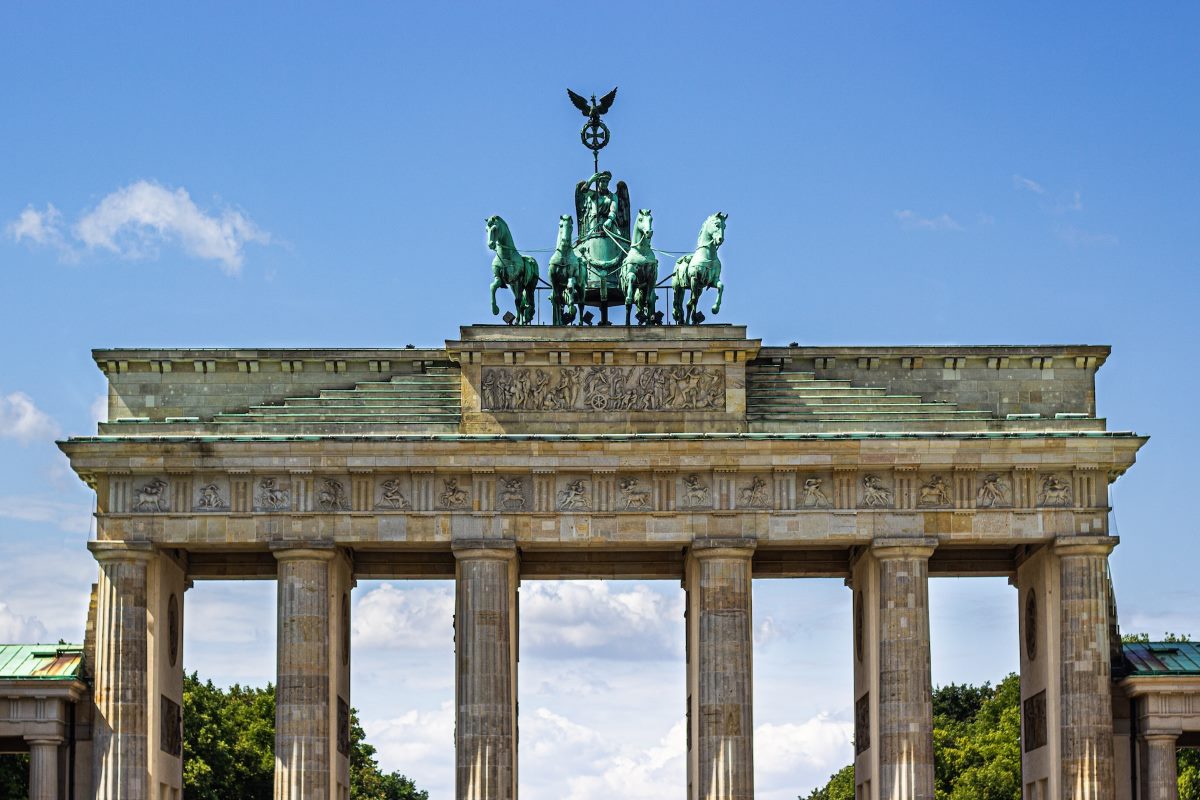The Berlin Wall, erected in 1961, divided the city of Berlin into East Berlin (controlled by the Soviet Union) and West Berlin (controlled by the United States, the United Kingdom, and France). It stood as a physical and ideological boundary between the democratic West and the communist East during the Cold War. While the East Side of the Berlin Wall represented the Soviet bloc, the West Side of the Berlin Wall held a different purpose and symbolized a different world.
The West Side of the Berlin Wall: A Haven of Freedom
The West Side of the Berlin Wall represents the free and democratic side of the city. It was a haven of freedom, democracy, and capitalism amidst the heavily fortified border. West Berlin became a symbol of western values and demonstrated the stark contrast between life in the capitalist West and life in the communist East.
Features of the West Side of the Berlin Wall
1. Allied Checkpoints
Unlike the heavily guarded East Side, the West Side of the Berlin Wall had checkpoints where residents of West Berlin, foreigners, and diplomatic personnel could cross into East Berlin with proper documentation. The most famous of these checkpoints was Checkpoint Charlie, which gained international recognition and became a symbol of the Cold War.
2. Prosperity and Western Influence
West Berlin was heavily supported by the United States and its allies. It experienced economic growth through investments and aid. The region became an attractive destination for artists, musicians, and intellectuals, contributing to its vibrant and creative atmosphere. The West Side of the Berlin Wall showcased the dynamism of western capitalism and the cultural freedom it offered.
3. Cultural Landmarks
The West Side of the Berlin Wall was home to numerous cultural landmarks and attractions. The world-renowned Brandenburg Gate, a symbol of Berlin, lies on the West Side. Other notable sites include the Berlin Wall Memorial, the Reichstag, and the Kurfürstendamm boulevard.
The Fall of the Berlin Wall and Reunification
In November 1989, following peaceful protests and changing political landscapes, the Berlin Wall fell. This event marked the beginning of the reunification process, culminating in the official reunification of Germany on October 3, 1990. The fall of the Berlin Wall symbolized the end of the Cold War era and the triumph of democracy over communism.
Conclusion
The West Side of the Berlin Wall was a symbol of freedom, capitalism, and democracy during the Cold War. It represented the stark contrast between the two ideological blocks and showcased the dynamic and prosperous nature of the western world. Today, the remnants of the Berlin Wall serve as a powerful reminder of both the divided past and the unification of Germany, standing as a testament to the power of freedom and the human spirit.

